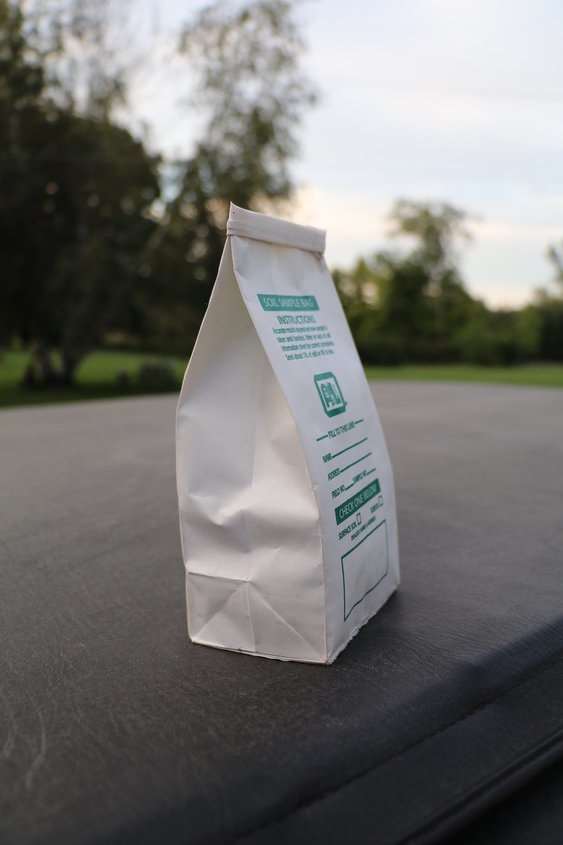So if your soil test level for P has dropped from 56 to 42 ppm that would be a 25 per cent drop. At those high levels a 25 per cent drop is no problem. Both levels are very high. Neither levels are responsive – except for a starter.

On the other hand, if you soil is testing 12 ppm P, a 25 per cent variation would mean it could be 9 to 15 ppm. Again, no big problem, since at 10 or 14 ppm you should be applying more than removal rate.
Same for K. A soil testing 100 could be 90 to 125. At these levels you should be applying at least enough to cover removal rates – and possibly a bit more. If you are testing 300 for K and drop to 250 – no problem.
But if your soil is testing 28 for P and suddenly drops to 14, there is a problem.
What if I have an unreasonable change in soil test levels?
If your soil test levels for P have dropped from say 28 to 14 or risen from 14 to 28, you need answers. If you have ruled out all possible explanations for change in soil test levels – such as you did not apply sludge or high poultry manure rates, used a plastic pail, and sampled at the same depth as the last time – call the lab.
Most labs keep soil samples for a few weeks after analyzed. If something doesn’t make sense, call the lab and ask for a repeat analysis.